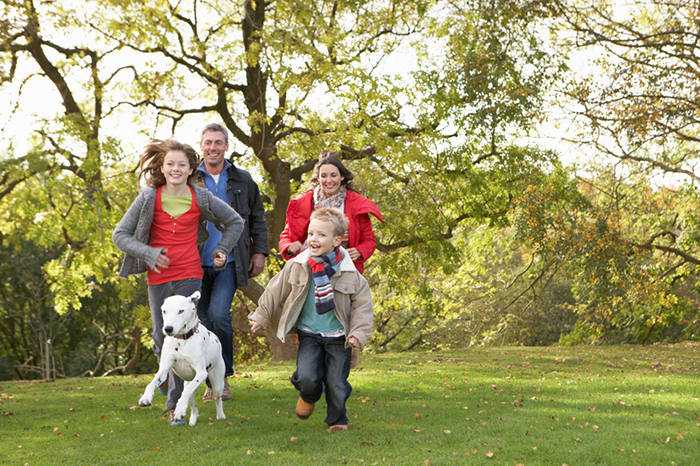The many health benefits of walking have been well documented and presented by managed care consortium Kaiser Permanente and its partners. These messages increase understanding, and build the demand for walking 30 minutes a day, 5 days a week (60 minutes for kids.)
To deliver the impacts we seek for the health of people and places, we must complement a growing demand for walking, with ensuring there is an increasing supply of safe places to walk.
Beyond health, other ‘co-benefits’ of walking and walkable places include: enhancing the vitality of our downtowns and public places, increasing property values, building support for protecting green spaces, improving academic performance, building social capital and conviviality, and assuring equitable access to the determinants of health. For many communities, especially those that are economically challenged and with lower health outcomes, safe places to walk for health, pleasure, and to meet daily needs can be in short supply.
For 2013, here’s a list of thirteen things that can help make walking attractive, accessible and safe for everyone:
1. Active Transportation Infrastructure: Ensure that national, state and regional investments in transportation infrastructure include investment in transit, and in infrastructure that supports walking, bicycling and other forms of active transportation. (National/state/regional)
2. Complete Streets: Adopt state, regional and local Complete Streets policies and ordinances – that provide for ‘routine accommodation’ of pedestrians and bicyclists on roadways. Ensure that sidewalks, safe crossings, lighting and other safety features are part of all new and renovated roadways, and conditions for new housing and commercial development. (Local/state/regional)
3. General Plans: Ensure policies that support walking are embedded in municipal General Plans and Land Use plans, such that sidewalks, crosswalks and multi-use pathways connect homes, schools, workplaces, shops, transit, recreation, places of worship and other common destinations. (Local/regional)
4. Reduce Traffic Speed: cut speed limits and employ traffic calming devices in key areas, especially around schools, downtown areas and workplaces. (Local/neighborhood)
5. Safe Routes: Launch and sustain city-wide Safe Routes to School programs – so that kids, teachers, and staff can walk to and from school. Assure physical activity is built into every school day. (City/School)
6. Incentivize Walking: Employ active commuter incentives, and reward walking, bicycling and transit use – rather than automobile fueling and parking. (Workplace)
7. Walking Meetings: Have walking meetings rather than sitting meetings. Build walking into conferences and events as a way of improving health while strengthening teams and getting work done. (Workplace)
8. Active Meet Ups: Host high profile events to promote walking, such as walks with the mayor , and hosting events that make the case for the co-benefits to health, the economy and the environment. (Community)
9. Maps and Signage: Deploy signage to show people how far it is to get to destinations by walking, and produce and display walking maps for the city/town/region. (Community)
10. Great Places to Be: Work with your neighbors to convert streets into a pedestrian space via a parklet, play street, open street, or walking mall for shopping. (City/Neighborhood)
11. Walk the Streets: Organize neighborhood and service groups to walk the streets, working with law enforcement and media to ensure that walking is, and is perceived as, a safe and desired option. (Local)
12. Engage Media: Find and lift of up the stories of what works. (All)
13. Get Creative: The best way we know to generate good ideas, is to take a walk. Today! (All)
Find ways to get engaged for walking and walkability where you live, work, play, pray and vote. Walking is the single most powerful and low cost thing we can do to improve the health of people and places.
By Tyler Norris, VP Total Health Partnerships for Kaiser Permanente











